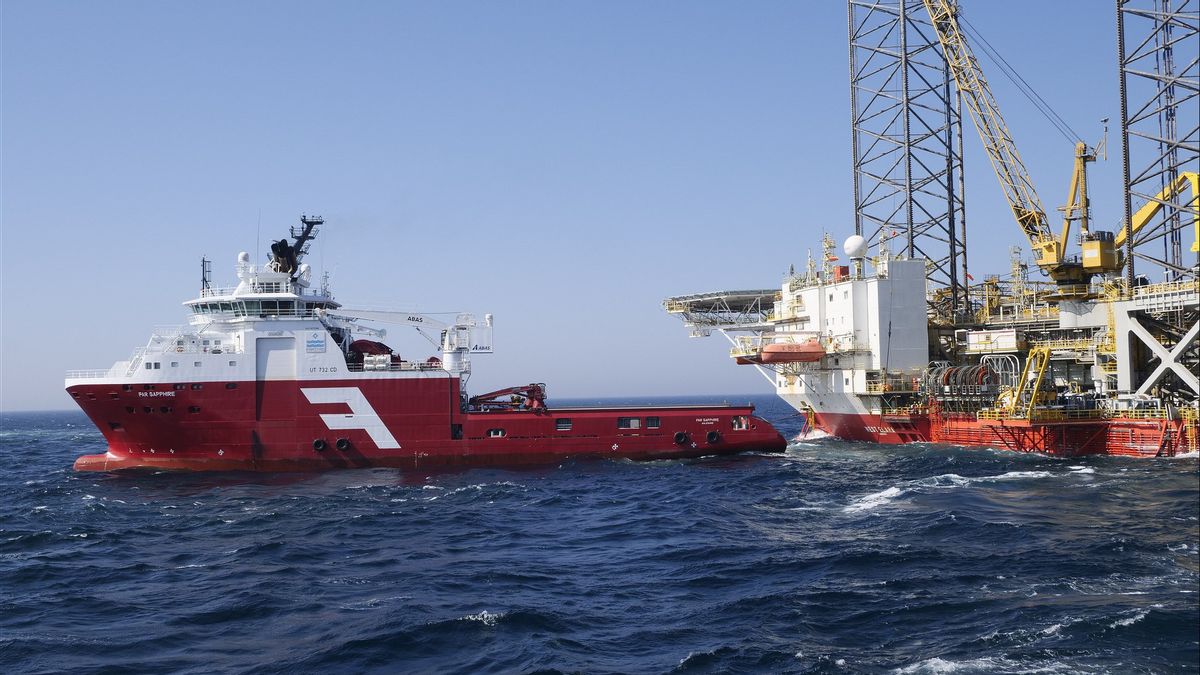JAKARTA - Oil prices rose in late trading Tuesday, settling at their highest level in more than two years after the top US diplomat said that even if the United States reached a nuclear deal with Iran, hundreds of US sanctions against Tehran would remain in effect.
That could mean additional Iranian oil supplies will not be reintroduced to the market soon.
Brent crude futures for August delivery rose 73 cents, or 1.0 percent, to close at 72.22 dollars a barrel, the highest since May 2019. U.S. West Texas Intermediate (WTI) crude futures were up 82 cents, or 1.2 percent, to settle at 70.05 US dollars per barrel, the highest since October 2018.
"I would anticipate that even if compliance with the JCPOA (2015 Joint Comprehensive Plan of Action) returns, hundreds of sanctions will remain in effect, including those imposed by the Trump administration", said US Secretary of State Antony Blinken, quoted by Antara, Wednesday, June 9.
"Blinken looked at the reality of the situation and said even if we get a deal, there's still a long way to go", said Phil Flynn, senior analyst at Price Futures Group in Chicago. "Everyone expecting an oil flood will be disappointed".
The United States told Iran on Tuesday, June 8 that it must let the UN atomic agency continue to monitor its activities, as set out in the agreement that has been extended to June 24, or put broader talks about reviving the Iran nuclear deal at risk.
Barriers to reviving the Iran nuclear deal remain ahead of talks due to resume this week between Tehran and world powers, four diplomats, two Iranian officials, and two analysts told Reuters.
SEE ALSO:
Oil futures were also pressured by data showing China's crude imports plunged 14.6 percent in May from a year earlier.
Crude prices have risen in recent weeks, with Brent up nearly 40 percent this year and WTI (West Texas Intermediate) even higher as demand expectations return as several countries vaccinate their residents against COVID-19.
Supply curbs by the Organization of the Petroleum Exporting Countries and its allies have also propelled prices up.
U.S. crude production is forecast to fall by 230,000 barrels per day (bpd) in 2021 to 11.08 million bpd, the US Energy Information Administration (EIA) said, a smaller drop than last month's forecast.
US crude inventories fell by 2.1 million barrels last week, two market sources said after the trade settlement, citing American Petroleum Institute figures. Gasoline inventories rose 2 million barrels and distillate stocks rose 3.8 million barrels.
"The fundamental environment in the oil market remains favorable: fuel demand is recovering strongly not only in the United States, but also in Europe after the (partial) lifting of restrictions", said Commerzbank.
Some are still questioning the trajectory of demand recovery. For example, some doubted the UK, one of the most vaccinated countries in the world, would lift all restrictions as previously planned on June 21.
The English, Chinese, Japanese, Arabic, and French versions are automatically generated by the AI. So there may still be inaccuracies in translating, please always see Indonesian as our main language. (system supported by DigitalSiber.id)













